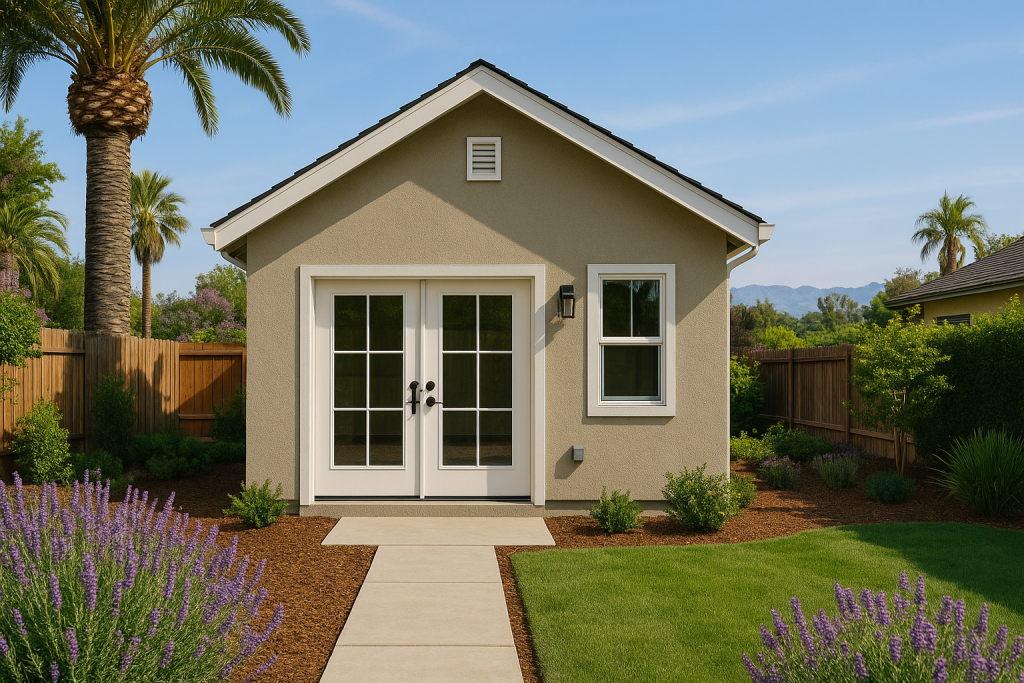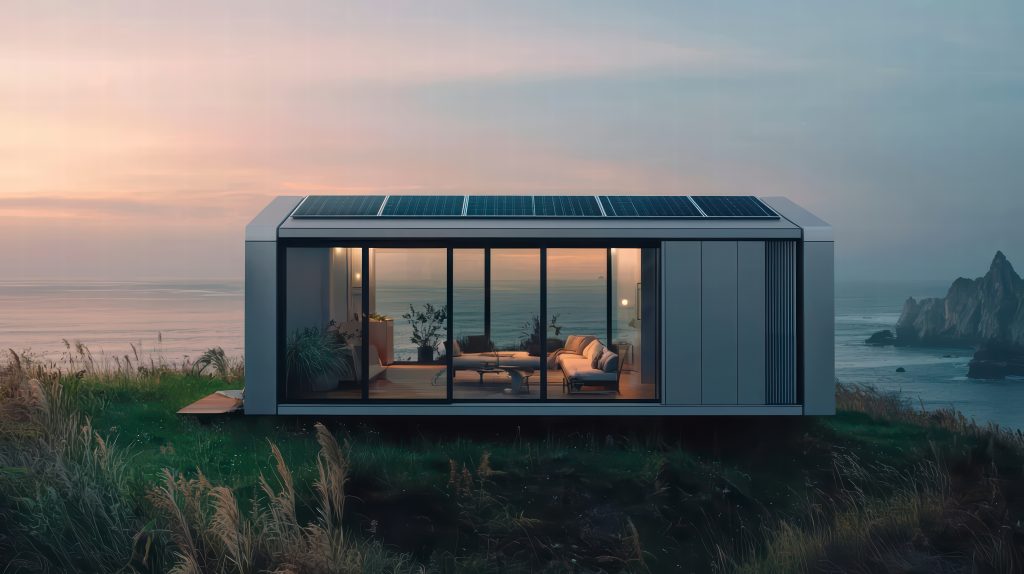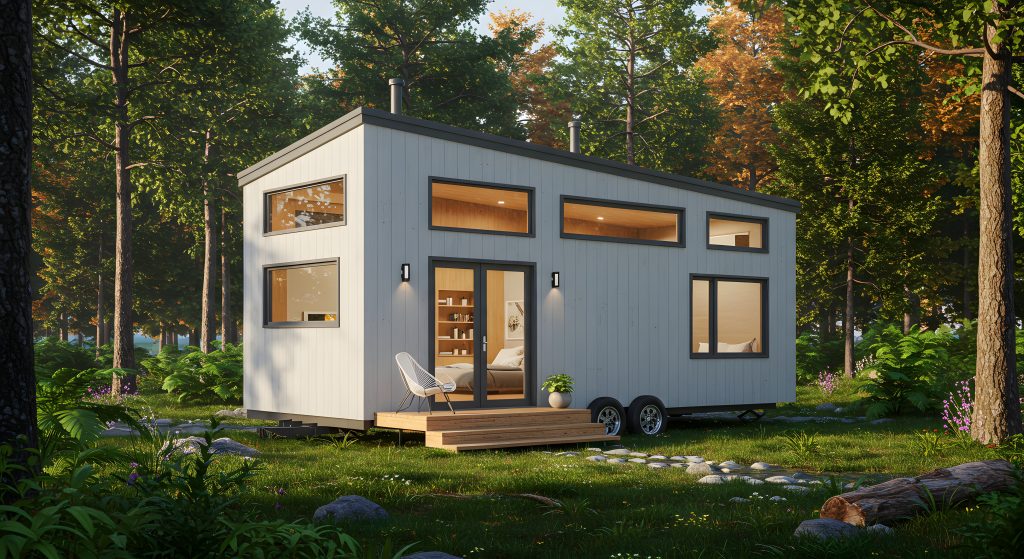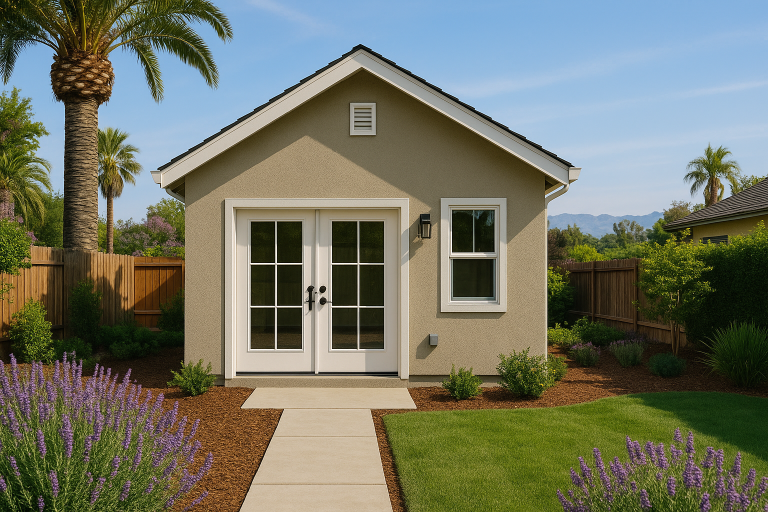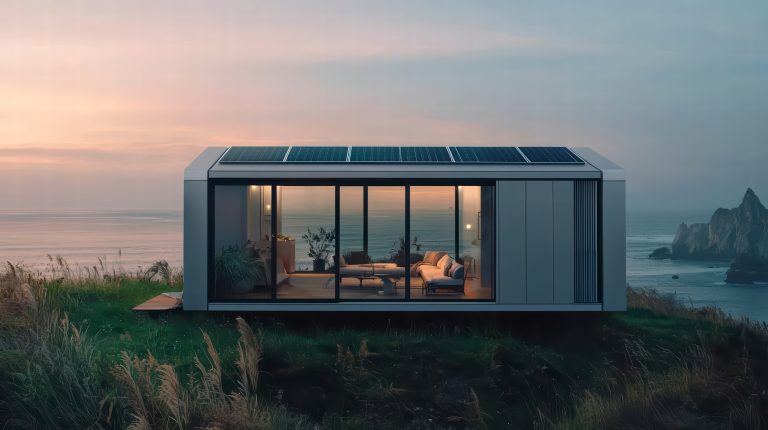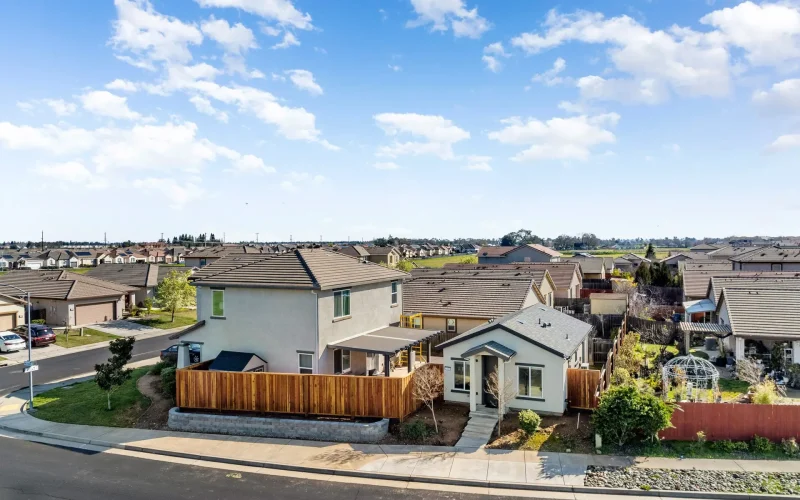
What is an ADU?
What Does ADU Mean?
ADU stands for Accessory Dwelling Unit. It’s a self-contained housing unit with its own kitchen, bathroom, and entrance.
Other names for ADUs include:
-
Granny Flat
-
In-Law Unit
-
Secondary Unit
-
Casita (popular in California and the Southwest)
-
Backyard Home
👉 No matter what you call it, an ADU provides independent living space on your property.
Why ADUs Are So Important in California
California is facing a housing shortage, and ADUs are part of the solution. They:
-
Create affordable housing in existing neighborhoods
-
Help families live together while maintaining privacy
-
Allow homeowners to generate rental income
-
Add long-term property value
In Sacramento, Bay Area, and across California, ADUs are growing rapidly as cities ease restrictions.
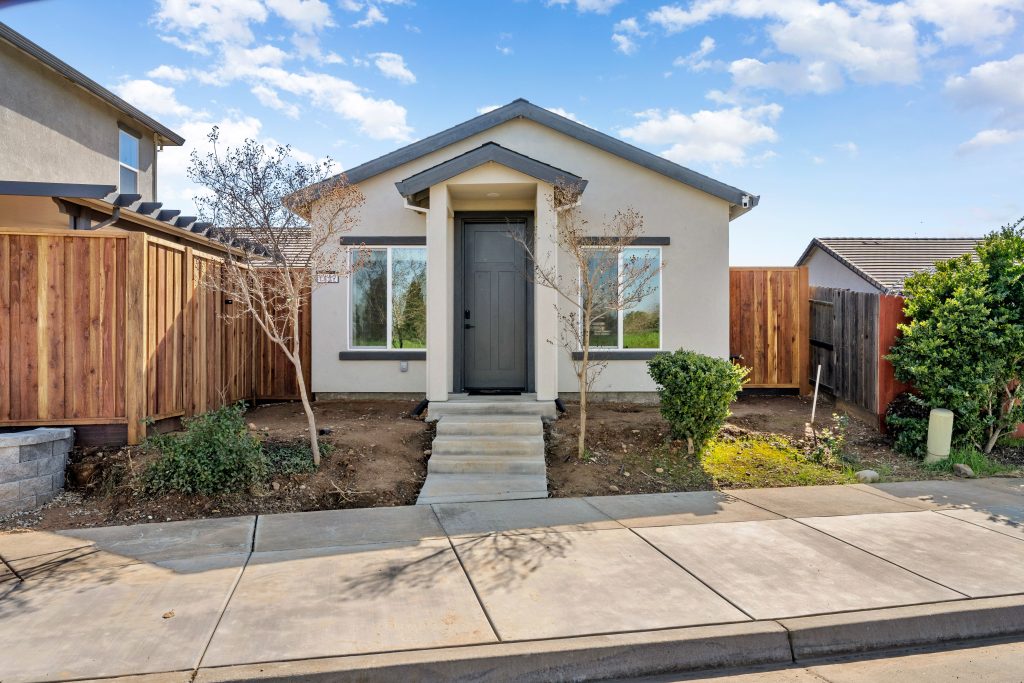
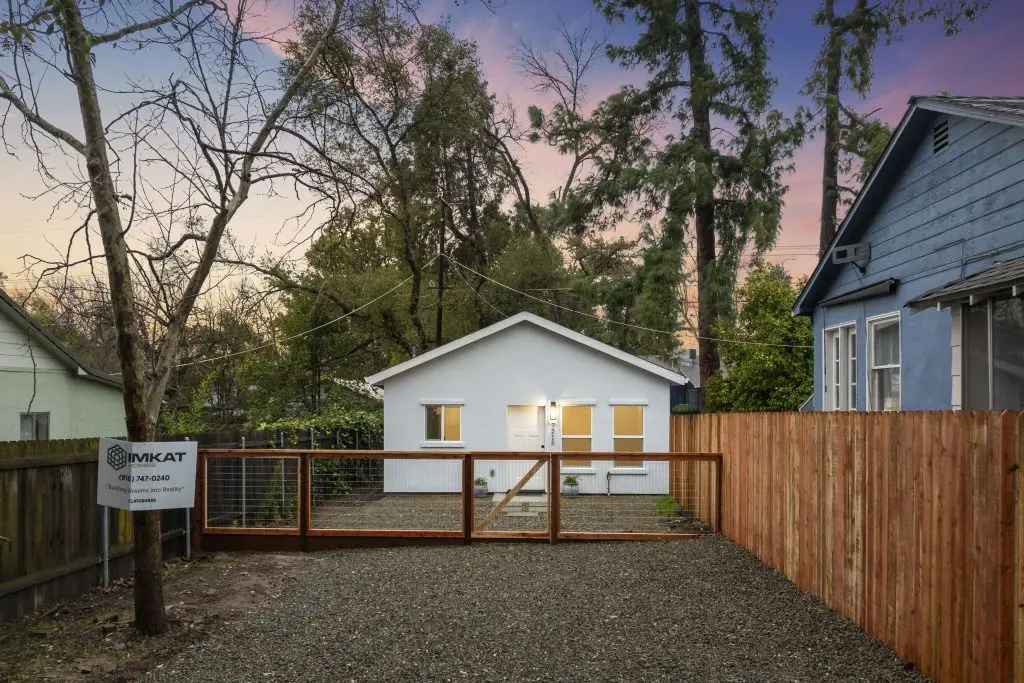
Types of ADUs
There are several styles of ADUs you can build, depending on your property and budget:
Detached ADU
A standalone building, usually built in the backyard. Offers the most privacy.
Attached ADU
An extension of the main house that shares a wall but has its own entrance.
Garage Conversion
Transforms an existing garage into a livable unit.
Basement / Interior Conversion
Uses existing square footage inside your home.
Junior ADU (JADU)
Smaller (max 500 sq. ft.) units that share a bathroom with the main house.
Pros and Cons of Building an ADU
Pros
-
Generates rental income
-
Increases property value
-
Provides housing for family, aging parents, or guests
-
Offers flexibility (home office, gym, rental, guest suite)
Cons
-
Upfront construction cost
-
Permit requirements and city regulations
-
May reduce backyard space
ADU Regulations & Laws in California
California has made it easier than ever to build ADUs with new laws passed in recent years. Key takeaways:
-
Most single-family and multi-family lots are eligible
-
Reduced or eliminated parking requirements in many cities
-
Streamlined permit approvals
-
Sacramento and Bay Area cities offer additional incentives
⚡ Pro tip: Always check both state law and local city ordinances before starting your project.
How Much Does an ADU Cost?
The cost of an ADU can vary depending on a number of factors:
-
Type of ADU – Garage conversions, detached ADUs, and attached units all have different construction needs.
-
Size & Design – Larger square footage, custom layouts, and high-end finishes will impact overall cost.
-
Site Conditions – Grading, access, and existing utilities can make a project more or less complex.
-
Permits & Regulations – Each city has its own requirements that may affect the final budget.
Because every property is unique, the best way to understand your ADU cost is through a personalized estimate.
Pro tip: Many homeowners find that ADUs quickly pay for themselves through rental income or increased property value.
Steps to Building an ADU
-
Site Evaluation & Design
-
Permit Applications
-
Construction & Inspections
-
Finishes & Move-In
At Imkat Construction, we guide homeowners through every step — from design to handing over the keys.
Common Misconceptions About ADUs
-
“ADUs are only for rentals.” → Many are used for family, offices, or guest suites.
-
“You need a huge lot.” → Many smaller properties qualify.
-
“Permits take years.” → California has streamlined the process.
-
“ADUs don’t add value.” → In most cases, they significantly increase resale value.
FAQs
What does ADU stand for?
ADU stands for Accessory Dwelling Unit.
Is an ADU the same as a Casita?
Yes — “Casita” is a common term for an ADU in California.
Can I rent out an ADU?
Yes, but check your city’s rules on long-term vs short-term rentals.
How long does it take to build an ADU?
Typically 6–9 months from design to completion.
Do I need parking for an ADU?
In many California cities, parking requirements have been removed.
Conclusion & Next Steps
Building an ADU is one of the smartest ways to increase your home’s value, create rental income, and solve housing needs for family.
👉 Ready to explore your options? Contact Imkat Construction today for a free consultation and see how we can bring your ADU project to life.


